
Riding with other motorcyclists in a group - whether it's with a few friends or a larger pack - can be an amazing adventure. It can build your confidence, encourage camaraderie, teach you new skills and enhance the overall experience. It can also potentially ruin a ride if you don't have the right expectations and if the group, as a whole, isn't adequately prepared. That's why it's crucial to know and implement proper group ride etiquette. If you are heading out with a familiar crew, chances are you've figured out one another's riding habits - for better or worse - but it's still good to be reminded of best practices. If it's your first time with others or you're joining a new group, the following tips are especially for you.
1. Show Up On Time (Or Even Early!) - Riders are generally eager to get on the road and begin their journey. By delaying a group ride, you can start the trip on a sour note and signal to the others that you aren't taking the ride seriously. When riding with new people, it's important that you respect their time. Many of them are leaving behind other priorities in their life - sleep, family, work...did I mention sleep - to ride with you. Nobody wants to wait around in some parking lot in the frigid wee hours of the morning while you grab a last minute latte or sneak in a few more minutes of beauty rest!
Pro Tip: Show up with a full tank of gas. Don't unnecessarily delay the ride. If you're meeting at a gas station, arrive early enough to gas up before the departure time.
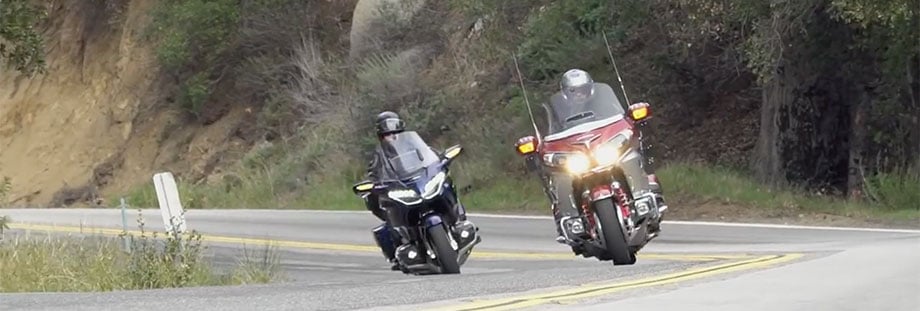
2. Know Your Role - What is your experience level? The answer to this will likely determine where you ride in the pack. If you're new to riding, you probably don't want to be ahead of seasoned riders when heading into a set of twisties and create a log jam. It might serve you well to run near the back. Conversely, if you've been riding for 20 years you might want to ride near the front. Although, some leaders prefer inexperienced riders to be positioned directly behind them in order to control the pace so they don't get left behind, keep them from trying to ride beyond their skill level and keep them clearly in view. Point being, different groups have varying preferences so don't be afraid to communicate your experience and find out where they'd like you to ride.
Whatever you do, don't ride in front of the group leader unless they clearly ask you to. "But I couldn't help myself," you might tell me. "I saw that straight open road and I just had to open my throttle." That's great if you're going solo, but in a group setting the guidelines are different.
There is a rider I will not name who regularly "can't help" riding ahead because they quickly tire of following the leader or see a particularly exciting stretch of road coming up. What happens every single time as a result? This rider misses a turn and goes the wrong way, which forces the rest of the group to wait for him (or her) to circle back and find them. I kid you not. Don't be that rider. Even if you are asked to take over as leader, don't be afraid to decline if you don't feel confident.
Pro Tip: If you have a medical issue, such as hypoglycemia, be sure to let the ride leader know before the day of the ride so they can plan breaks accordingly.
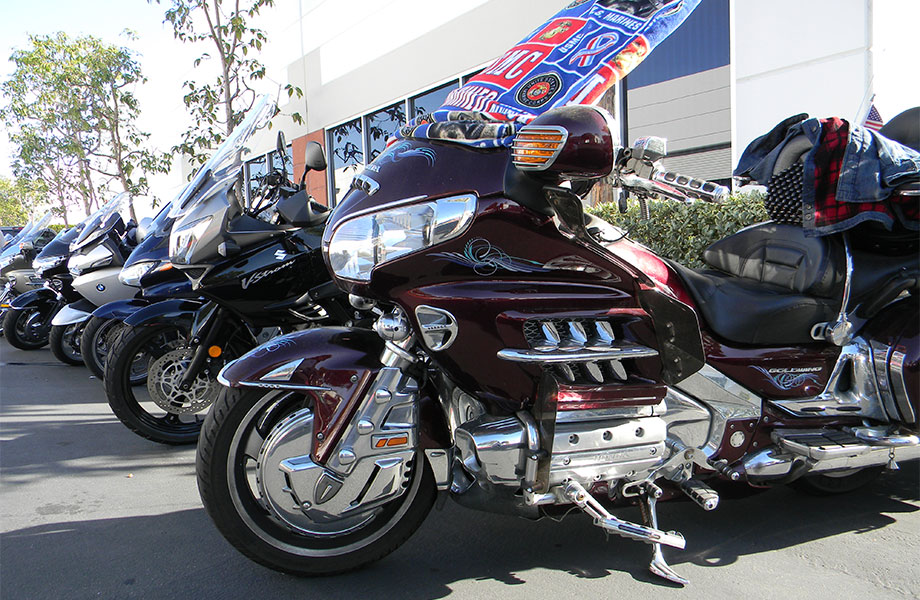
3. Know Where You're Going - While all riders are different, each one lands on a spectrum of under-planning, over-planning or somewhere in between. When it comes to group rides, it's a good idea to at least know where you are headed and which route you will be taking to get there. Most often the leader will put a lot of time and effort into preparing for the group ride and we should respect that. Don't be afraid to ask for the route or itinerary ahead of time.
Pro Tip: If one of the riders gets pulled over by law enforcement, it's advisable for the group to pass by and wait at the next scheduled stop.
4. Become Familiar with Proper Hand Signals - What does it mean if a fellow rider is tapping the top of her helmet? What if they're sticking their right foot out? Not knowing can cost you. The important takeaway is that, if used correctly, hand signals will make for a better, safer group riding experience.
Pro Tip: Learn all about hand signals by reading our Rider Etiquette: The Hand Signals blog HERE
5. Follow the Leader - Typically, the group will ride in a staggered formation with the Lead or Leader in the front, the Tail or Sweeper in the back and everyone else in between. The Lead will ride on the left part of the lane with the next rider at two or three seconds behind on the right side. This staggered pattern continues on down the line to the Sweep. Riding this way allows for proper spacing so each rider has adequate time to react to possible hazards.
There will be times, however, when the leader will instruct the group to file into a single line. This can happen when entering a turn or getting on/off a freeway, for example. Be sure to have an eye out for instructions from the group leader.
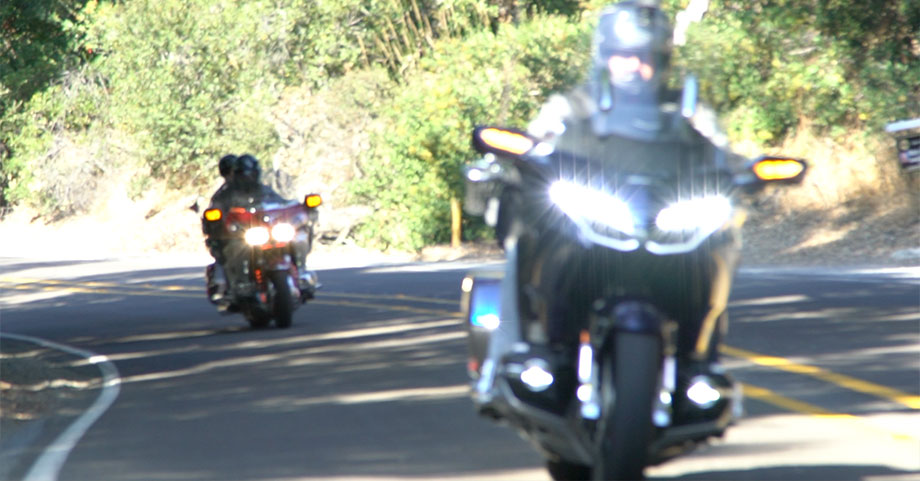
6. Break Time - Some pit stops will be short-lived while others last longer. How can you tell which one it will be? If the group pulls into a gas station or overlook, chances are you'll be there long enough to take off your helmet and stretch your legs. If you pause on the shoulder or some nondescript location it's likely a quick break. However, sometimes gas breaks are quick and parking lot stops are long. So how do you know?
If the leader isn't clear about how long the break will be don't be afraid to ask them. If you don't want to be a pest who asks "How long?" at every stop, you can also take your queue by watching what the leader does. If they take off their helmet or step away from their bike you can rest assured that you can as well. Alternatively, if they stay on their motorcycle with their helmet firmly in place it will probably be a quick respite.
Either way, you want to be sure you are ready to go when the leader says it's time. It's disrespectful to them and the group as a whole when a rider delays departure. If you need another cup of coffee or a last-minute bathroom break (the two go hand-in-hand), be sure you do so before the group is ready to go. Again, if you're not sure, ask the leader if there will be enough time. If it can't wait, meet them at the next scheduled stop as opposed to making them wait for you.
Pro Tip: Top off your tank at every gas break, whether it's empty or not, to avoid extra stops down the road.
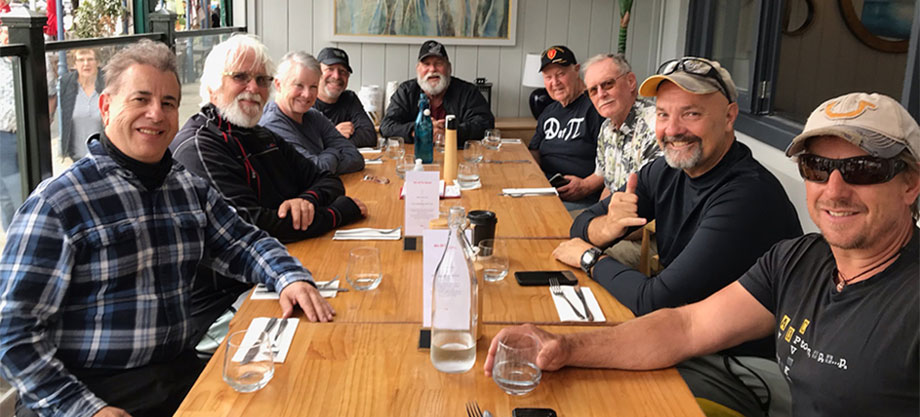
7. Breakdowns - If you happen to get a flat tire during the ride, the group ought to be understanding. They may not wait for you on the side of the road but oftentimes they will. Other riders will probably even offer you a hand with the repairs. However, if your bike breaks down because of a maintenance issue that you failed to address beforehand (i.e. old spark plugs or faulty battery, etc.) then that's on you. The group may still accommodate your inconvenience but it's certainly not expected.
Pro Tip: If riding in a large group, find yourself a Travel Pal to make sure neither of you are left behind.
8. Adaptability Is A Must - Things go wrong out on the road whether you're solo or with a crew. But there's a difference between the two. When you're on your own, you can do whatever you want. If the restaurant or campsite is unexpectedly closed you can choose an alternative that suits your desires. If part of your route is shut down, you can take the detour, come up with your own alternative or call it a day and return home early.
In a group, on the other hand, there are multiple riders who must form a consensus when making on-the-fly decisions. Be ready to jump in and lend a hand if someone in the group breaks down. Don't try and change ride details. If you want to have more control we suggest you organize your own group ride. If you remain flexible to changing conditions you will be better for it and the group will appreciate you all the more.
Pro Tip: If riding in a large group, don't be afraid to break off and form a smaller pack with like-minded motorcyclists. You will likely have a better experience and make a few new friends.
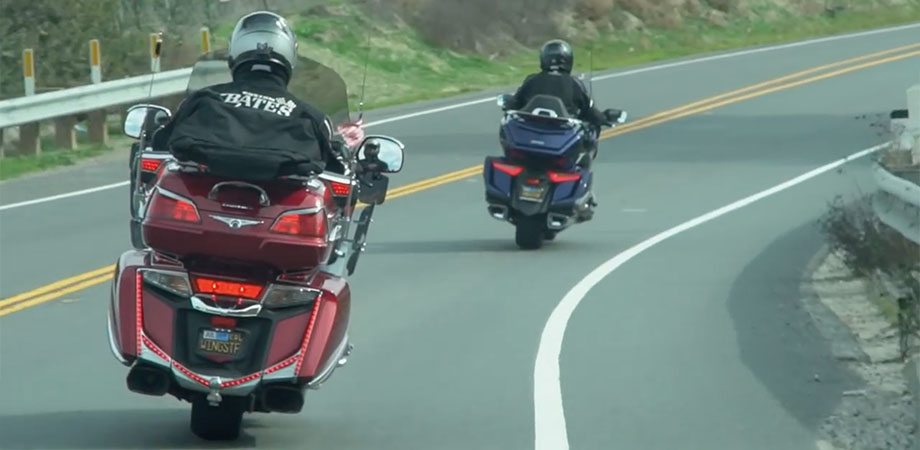
9. You Do You (A.K.A. Ride Your Own Ride) - One of the wrinkles of group riding is that there will likely be a mix of rider skill level. Sometimes the leader will plan a ride on a technical road or his or her riding style will be more aggressive than you prefer. Always, always, always ride within your limits. Know them. Accept them. Work on expanding them, but not during a group ride.
We all have different skill levels. Most of us continually work on improving our abilities. In a group ride setting, we don't want to do anything that might unnecessarily put us in a dicey situation. Don't feel like you have to keep up with the group if the speed or technical nature of the road makes you feel unsafe or uncomfortable.
Pro Tip: If you're having a hard time finding a group that you fit into, consider forming a like-minded group of your own in terms of riding style and preferences.
10. Be Humble, Be Thankful - If done right, group rides take time and effort to plan and execute. A genuine "Thank you," to the leader (and the rest of the pack) will go a long way. If done right, group rides give you the opportunity to explore new roads, meet new people, learn a thing or two and create lasting memories.
Ride safe!
Also, click the image below to check out our previous blog and try and avoid these common road trip mistakes:
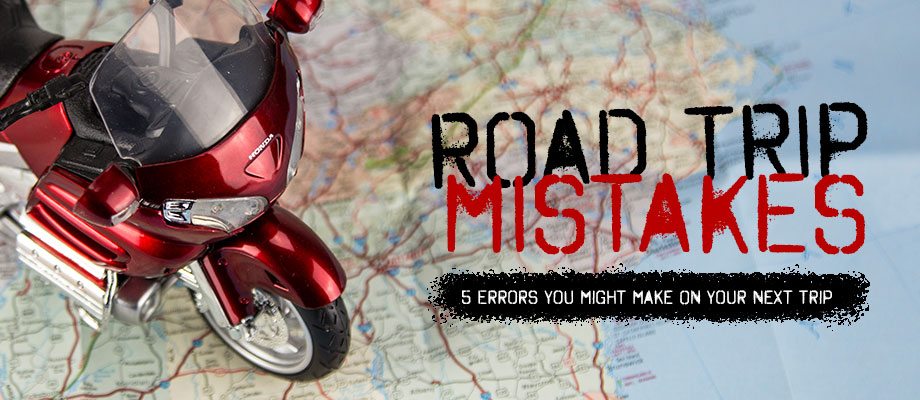
Carol
11.09.2021
Ryderpjr
04.15.2022
Kenneth Thompson
04.26.2023
- No Alias -
05.26.2022
- No Alias -
06.20.2022
Saldanha
06.27.2022